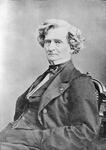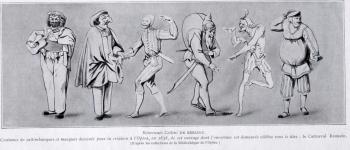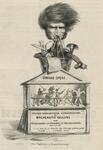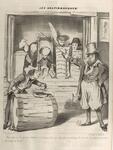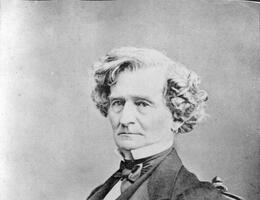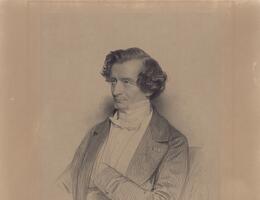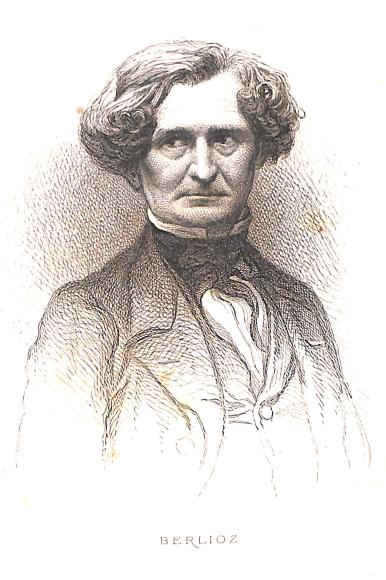
Hector BERLIOZ
1803 - 1869
Conductor, Composer, Journalist
For a great many people, Berlioz singlehandedly embodies French musical Romanticism. His Symphonie fantastique (1830), first performed several months after the “Battle of Hernani” and the July Revolution which inspired Delacroix’s La Liberté guidant le peuple, was envisaged by Berlioz as a “Manifesto of Romanticism”: the form, which grew out of the “idea”, broke free from pre-established structures; the unprecedented originality of its orchestration conveyed the “imprecision of passions” and stimulated the listener’s visual imagination. The composer’s innovative endeavours met with many obstacles, which in turn inspired the invention of new modes of expression. After the failure of Benvenuto Cellini(1838), Berlioz developed the unique dramatic forms for Roméo et Juliette and the Damnation de Faust. In order to defend his music and that of the composers he admired, he wrote reviews which reveal a remarkable literary talent, took up the baton and became one of the greatest conductors of his time. Despite his virulent denunciation of academicism, however, it should not be forgotten that he received a solid grounding in counterpoint with Reicha and in composition with Le Sueur at the Paris Conservatoire. Berlioz entered the Prix de Rome competition five times (awarded in 1830), which was a prerequisite for anyone wanting to be performed at the Académie Royale de Musique. An avid admirer of Beethoven, Weber, Shakespeare and Goethe, Berlioz also revered Gluck and the 18th-century opéra comique, and drew inspiration from Virgil for Les Troyens. For Berlioz, after all, the heat of passion always went hand in hand with the discipline of reason.



